Five products that will help heal a wound - take it and use it (8 photos + 3 videos)
There is no need to talk about antibiotics of pharmacological origin - there is an unprecedented amount of them in any pharmacy. Most, according to the new rules, cannot be purchased without a prescription. We will try to remember the time-tested simplest antibiotics “from the people” and a couple of products with the same effect that will help treat and heal wounds. Spoiler: there will be no plantain! 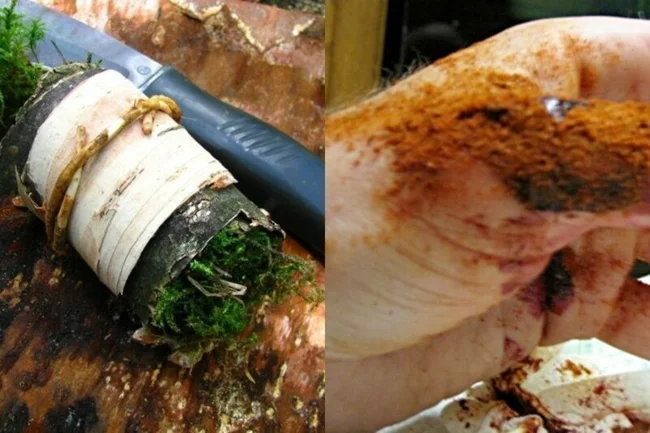
People have always had wounds - even before the invention of antibiotics. They were treated the old fashioned way, using traditional remedies.
Honey 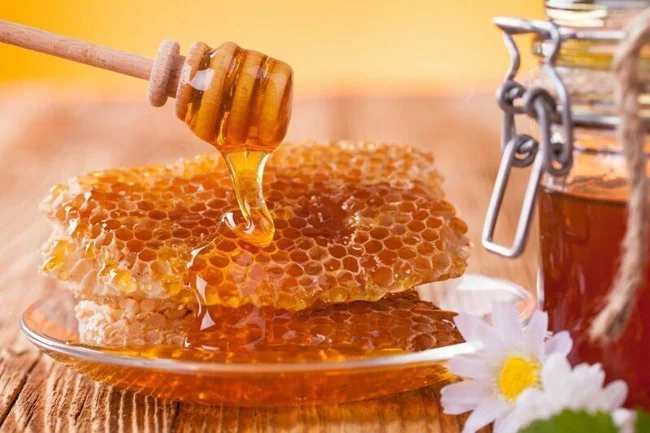
Honey is one of the most proven natural antibiotics. Its composition and the content of substances that suppress infection, of course, depend on the variety. Manuka honey is considered the most effective today. It contains a strong natural antibiotic, methylglyoxal, as well as glucose oxidase (an enzyme that converts glucose into hydrogen peroxide) and gluconolactone, which lowers the pH of honey and promotes dehydration of bacteria.
When applied to a wound, honey creates an impenetrable barrier to pathogens and heals the wound surface.
How to apply honey to a wound 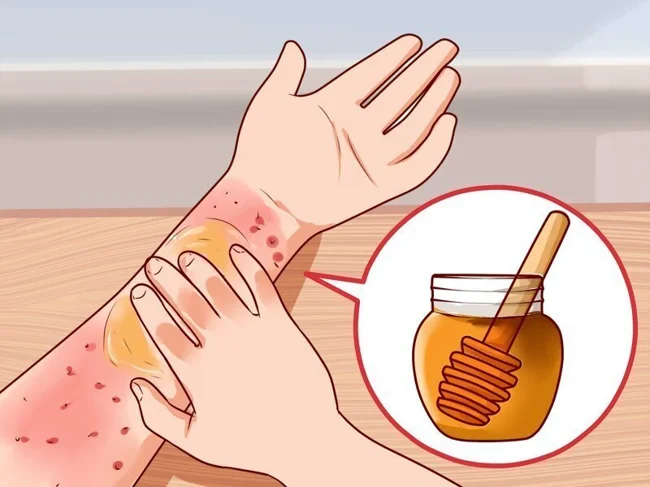
1. Rinse the wound and try to remove all small foreign particles from it. This will help reduce the risk of infection.
2. Blot the wet surface with a clean cloth or paper towel.
3. Apply a layer of honey to a bandage or piece of cloth and apply it to the wound surface. You can also simply lubricate the wound or, if necessary, pour honey from a jar onto it.
4. In this way, you need to treat both the edges of the wound and go beyond them to kill bacteria in the surrounding tissues.
5. If you have a sterile bandage or clean cloth, attach it over the bandage and secure it with an adhesive plaster (or whatever is necessary - for example, tape, tape).
6. Depending on the severity of the wound and how quickly it heals, honey should be applied every 12 to 48 hours.
Of course, the bandage must be protected from wasps, bees, and ants. 
By the way, this advice is confirmed by clinical trials. In 2016, studies were conducted that proved the usefulness of this product in wound healing. For plastic surgery patients, postoperative sutures were covered with dressings with honey extract and the usual ones used in clinics. The study evaluated seventy-two symmetrical incisions in 52 patients. Sutures with a honey bandage healed faster and looked better than the control ones.
According to research, honey can be effective against many strains of bacteria, including Escherichia coli, Staphylococcus aureus, Enterococci, and Pseudomonas aeruginosa.
2. Garlic 
Garlic has good antibacterial and antiviral properties. It contains the active substance allicin - an organic compound that is formed during the mechanical destruction of garlic cells. It is what helps heal wounds, cuts and scrapes.
This element is unstable, so only freshly crushed garlic has power. If it sits in the fresh air in chopped form, it will become a dummy and cannot be used to treat wounds. Fresh garlic, recently dug from the garden, will also be more effective. If lying and shriveled, it is unlikely to be useful for these purposes.
How to use garlic on cuts
Let us immediately add that garlic therapy is not suitable for deep and serious wounds, but it will cope with cuts.
3. Moss

Peat moss or sphagnum moss is an excellent natural remedy for healing wounds. Firstly, it has excellent hygroscopicity, i.e. absorbs a huge amount of moisture - perfect for oozing wounds.
Secondly, it contains a phenol-like substance, sphagnol, which inhibits the growth and vital activity of microorganisms such as Escherichia coli, Vibrio cholerae, and Staphylococcus aureus.
Dried moss is suitable for treating wounds. It needs to be collected and cleared of debris and pine needles. Dry a little in the shade. While it is drying, you can pick up the cobwebs - it also contains a natural antiseptic. Moss wrapped in cobwebs is an ideal dressing material for those who were injured but did not take a first aid kit with them into the forest. It acts as a hemostatic sponge of plant origin: it absorbs blood and prevents the wound from becoming infected.
There are other products that are most often used in food, but they can also stop a wound without being an antibiotic.
Cayenne pepper
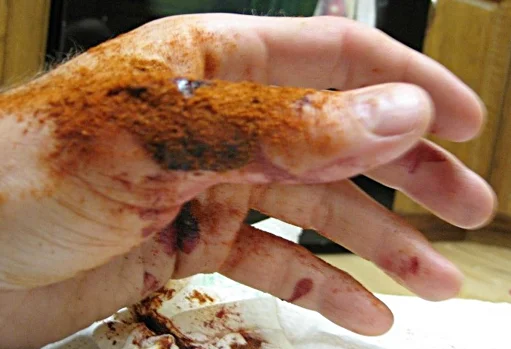
Another miraculous natural remedy for quick wound healing. Those who have experienced this method claim that it heals very quickly and painlessly. Of course, it is difficult to imagine that during earthquakes and disasters this spice will accidentally be found in your pocket, but you can still take note of this method.
Pepper contains capsaicin, an alkaloid that blocks pain and reduces inflammation. Therefore, when treating a wound with pepper, there is simply no painful sensation!
Learn how to use cayenne pepper on wounds in the video below. In the latest English-language video, a guy injured himself with a hacksaw and used pepper to process it.
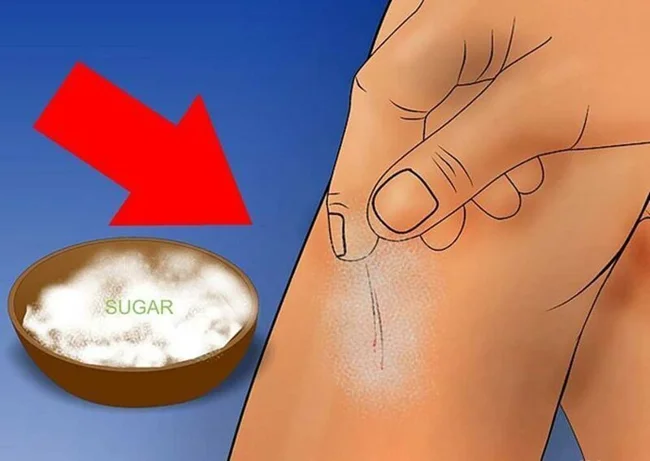
Well, and finally, another product that, of course, cannot be called an antibiotic, but can be used for wounds - sugar, which is familiar to everyone. This is a pure carbohydrate that can stop bleeding. Actually, that's all - sugar does not have any antiseptic properties, so it is used as short-term relief until a more effective way to treat the wound is found.
